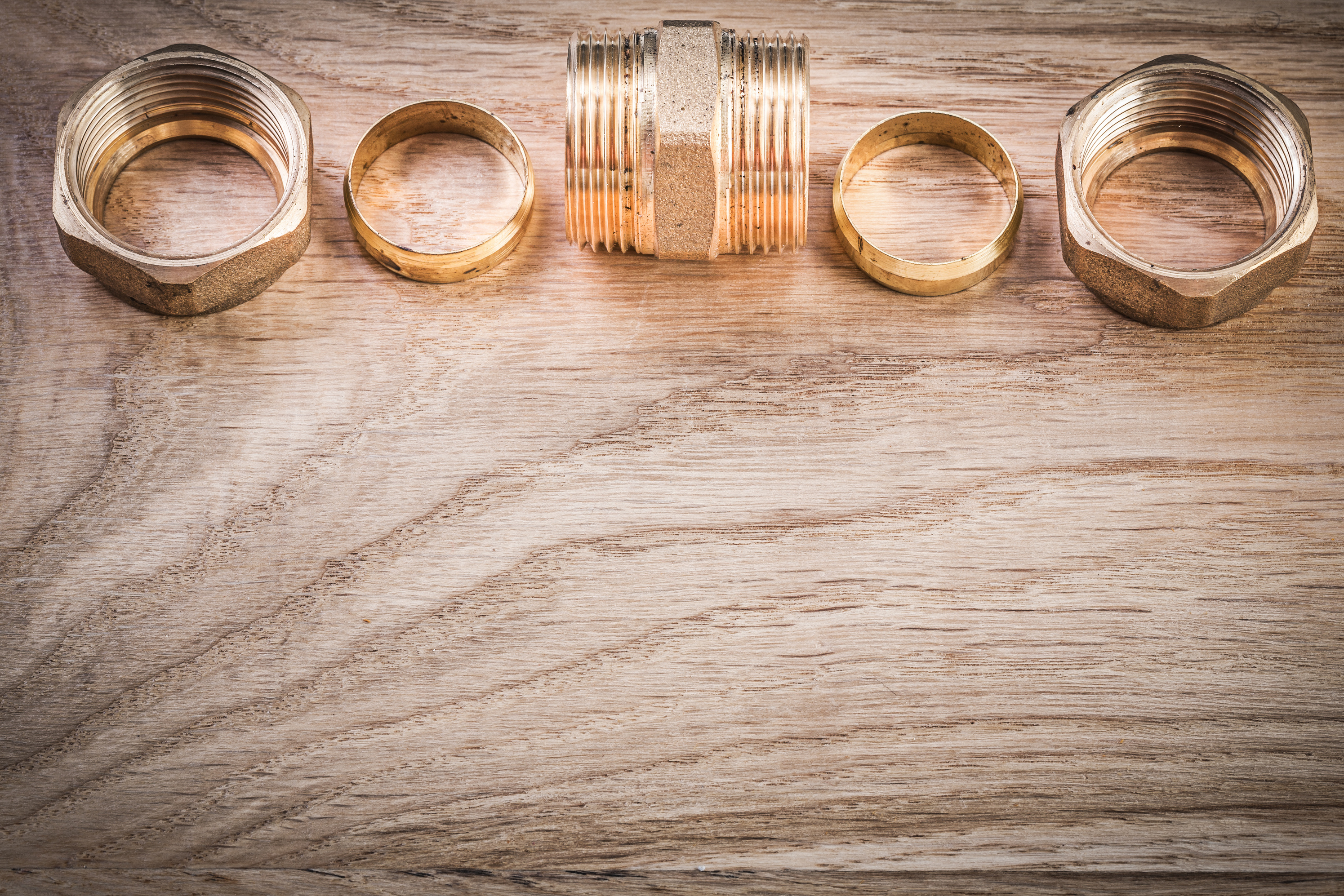Brass: uses and properties
for information
Brass: uses and properties
Brass is a metal alloy made from copper and zinc and has some very specific properties, which make it one of the most widely used alloys. There are countless possible uses of brass. Especially due to its versatility, it is used in many industrial products.
There are more than 60 different types of brass, specified and identified according to European standards. These alloys can be composed in many ways, clearly depending on the application for which it is intended and the intended result to be achieved.
Features of brass
As described above, brass is an alloy obtained from two elements and, depending on the greater or lesser presence of one element or the other, the alloy will have different characteristics and, therefore, different properties. Brass is certainly a very malleable material and can be easily shaped: specifically, alloys with a lower quantity of zinc will be more ductile, whilst those with a higher quantity of zinc will be harder.
Brass also has high conductivity features (its electrical conductivity can range from 23% to 44% of that of pure copper) and is very resistant.
Like copper, brass is also a material where bacteria have difficulty multiplying: this is why it is often used to make elements used in bathrooms or to create knobs and handles for doors. Brass is also used extensively in the healthcare sector, also for this specific reason.
Another possible use of this alloy is due to its resistance to magnetism. For this reason, it is often found as a component of watches and electrical parts and is used for ammunition: all products that require the presence of a non-magnetic material.
Most common uses of brass
Brass is widely used for decorations, thanks to its specific colour, which tones of gold, red and silver, as well as in the field of mechanics: MPT Srl is also a manufacturer of brass metal components, for various uses. Due to its great resistance to corrosion, one of the most common uses of brass is in applications that require a material with a low coefficient of friction, such as connectors and connecting parts. Brass is used in metal components mainly because it has a long service life and resistance to wear and tear.
A further group of metal alloys includes those made of copper and zinc, which are added to improve the mechanical and physical properties of the material, to further increase its resistance to corrosion or to change its colour. This is the case, for example, of brass used in the naval sector, where a small amount of tin provides an effective remedy against corrosion caused by seawater, lead brass, which is easy to work with and is malleable and, lastly, aluminium brass, which has even greater resistance to corrosion than naval brass.




